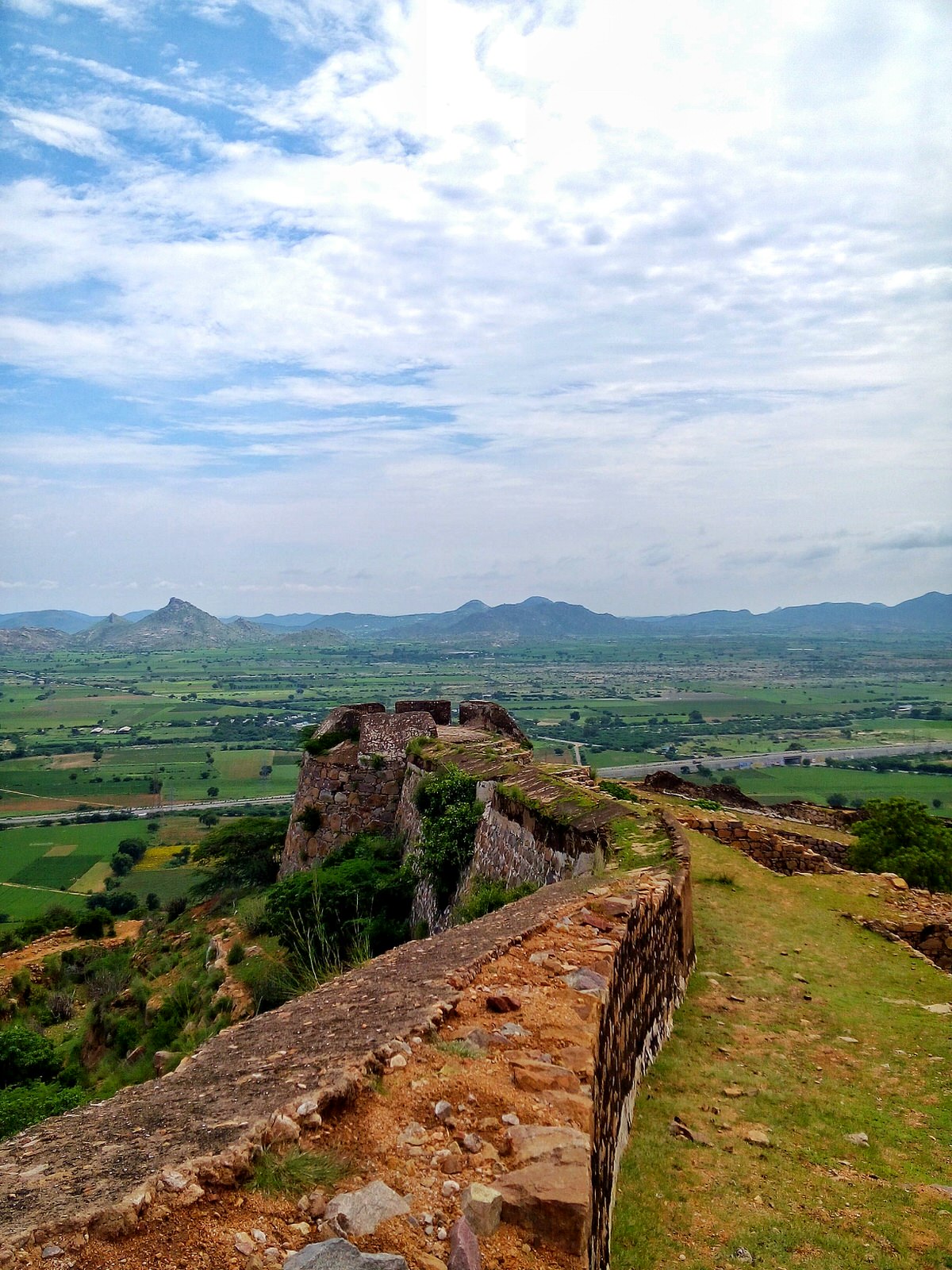Gooty – The King of Forts
This fort – locally pronounced as “Gutti” – is located in Anantapur district of Andhra Pradesh In India. Previously this place was known as Gowthampuri and later renamed as Gooty. This area was ruled by Ashoka the Great. A little later, this place was under the Vijayanagar Empire and king Krishnadevaraya was ruling over here. History moved slowly and Nayaka dynasties come into force and later Bahmani Sultunet also powered on this place. Mysore Kingdom ruled over this place and Haider Ali & Tipu Sultan were the administrators of this place for a long time. At last, Asaf Jahi ruled this place till the India got independence and the area merged with Union of India and lastly converted into Andhra Pradesh on 1st Jan 1960.
The fort of Gooty considered the most ancient building in Andhra Pradesh hilly area. The very first inscriptions which were found here were written in Sanskrit or Kannada script and revealed the construction period of this fort as 7th century. According to various inscriptions, this fort was under control of administrator of Trichy Fort. Others say that this fort had much importance in the region and that’s why local people refer to it as the King of forts.
The fort is located on a group of hills that rise up to 680 m above the sea level. The fort is not a single building but rather 15 small forts constructed inside the main building. Each building has been given a separate entrance. 15 main entrance points have been erected. Bastions were made in sufficient quantity and location to keep vigil on unnecessary infiltration. In this fort, a gymnasium and a magazine were also constructed to hold the arms and ammunition. Inside the fort, a well polished seat of Morari Rao was established from where the entire command and control was ensured. Various wells were created at the top of the hill. The construction engineering on such a high place was amazing as the water management was done within the fort. It is stated that one of the well of this fort was also connected with a spring at the foott of the hill but the source was not found even after the various surveys.
The fort of Gooty considered the most ancient building in Andhra Pradesh hilly area. The very first inscriptions which were found here were written in Sanskrit or Kannada script and revealed the construction period of this fort as 7th century. According to various inscriptions, this fort was under control of administrator of Trichy Fort. Others say that this fort had much importance in the region and that’s why local people refer to it as the King of forts.
The fort is located on a group of hills that rise up to 680 m above the sea level. The fort is not a single building but rather 15 small forts constructed inside the main building. Each building has been given a separate entrance. 15 main entrance points have been erected. Bastions were made in sufficient quantity and location to keep vigil on unnecessary infiltration. In this fort, a gymnasium and a magazine were also constructed to hold the arms and ammunition. Inside the fort, a well polished seat of Morari Rao was established from where the entire command and control was ensured. Various wells were created at the top of the hill. The construction engineering on such a high place was amazing as the water management was done within the fort. It is stated that one of the well of this fort was also connected with a spring at the foott of the hill but the source was not found even after the various surveys.


















Comments
Post a Comment